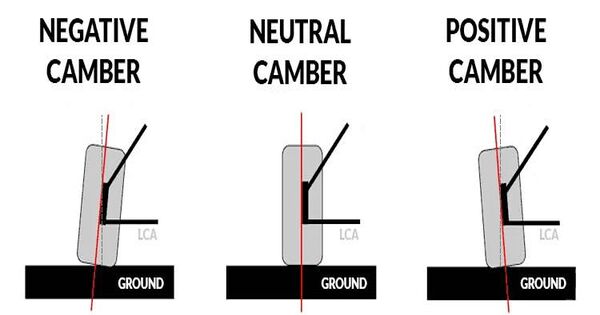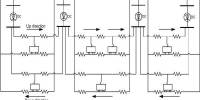Camber angle is one of the angles created by a vehicle’s wheels; specifically, it is the angle formed by the vertical axis of a wheel and the vertical axis of the vehicle when viewed from the front or rear. It refers to the angle of the wheel in reference to the vertical axis as seen from the front or back of the vehicle.
It is utilized to create steering and suspension systems. It is a critical component of wheel alignment and impacts the tire’s contact patch with the road surface. Positive camber occurs when the top of the wheel is farther out than the bottom (that is, tilted away from the axle), while negative camber occurs when the bottom of the wheel is farther out than the top. The camber angle is the angle formed by a vehicle’s wheels in reference to the vertical axis of the vehicle whether viewed from the front or rear. It can be either positive, negative, or zero.
- Positive camber: The top of the wheel is tilted away from the vehicle. This is often seen in vehicles that need extra stability, like off-road vehicles or trucks.
- Negative camber: The top of the wheel is tilted towards the vehicle. This is commonly found in sports cars or vehicles designed for performance, as it helps with cornering and handling by keeping more of the tire’s surface in contact with the road during turns.
- Zero camber: The wheel is perpendicular to the ground.
Camber angle has a substantial impact on the vehicle’s handling, tire wear, and overall stability.
Optimal camber angles vary depending on the vehicle type, suspension system, and intended use. Proper camber adjustment is essential for preserving tire wear, vehicle stability, and handling characteristics. However, high camber angles can cause uneven tire wear and have a negative impact on handling. As a result, it is critical to ensure that camber settings are within the manufacturer’s suggested parameters or changed based on individual performance requirements.
















